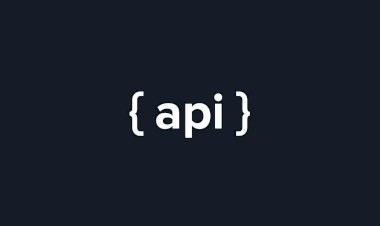Web3 Demystified: Understanding How It Works
19 May 2023
The evolution of the internet has brought about exciting advancements, and one of the latest frontiers is Web3. Also known as the decentralized web, Web3 is poised to revolutionize the way we interact, transact, and collaborate online. In this article, we dive into the world of Web3, exploring its key concepts, technologies, and mechanisms that power this decentralized ecosystem. Whether you're a tech enthusiast, a developer, or simply curious about the future of the internet, this guide will provide valuable insights into understanding how Web3 works.
-
Unraveling Web3: An Overview: We begin by breaking down the core principles and motivations behind Web3. We discuss the shortcomings of the current web infrastructure, such as centralized control, data ownership issues, and lack of trust. Understanding these pain points sets the stage for the emergence of Web3, which aims to restore privacy, ownership, and control to individuals.
-
The Building Blocks of Web3: Web3 relies on several key technologies and concepts that enable its decentralized nature. We explore blockchain technology, decentralized storage systems, peer-to-peer networking, and consensus mechanisms like proof-of-work and proof-of-stake. By grasping these foundational elements, readers can appreciate the robustness and resilience of the Web3 ecosystem.
-
Smart Contracts and Decentralized Applications (dApps): At the heart of Web3 lie smart contracts and decentralized applications (dApps). We delve into the workings of smart contracts, self-executing contracts built on blockchain platforms like Ethereum. We explain how dApps leverage smart contracts to create decentralized and trustless applications that eliminate intermediaries, promote transparency, and empower users.
-
Web3 Protocols and Standards: Web3 operates on a set of protocols and standards that enable interoperability and seamless communication between various applications and platforms. We discuss popular protocols such as InterPlanetary File System (IPFS), Ethereum Request for Comments (ERC) standards, and the Web3.js library. Understanding these protocols and standards allows developers to navigate the Web3 landscape effectively.
-
Digital Identity and Web3: Web3 emphasizes the importance of digital identity, empowering individuals with control over their online presence. We explore concepts such as self-sovereign identity, decentralized identity systems, and identity wallets. By utilizing these innovations, Web3 ensures that users have ownership and control over their personal data and digital identities.
-
Decentralized Finance (DeFi) and Web3: Decentralized Finance, or DeFi, is one of the most prominent use cases of Web3. We delve into the world of DeFi, explaining concepts such as decentralized exchanges, lending platforms, and yield farming. We highlight the advantages of DeFi, such as permissionless access, increased financial inclusivity, and transparent governance.
-
Challenges and Future of Web3: While Web3 holds great promise, it also faces challenges on its path to mainstream adoption. We discuss issues like scalability, user experience, regulatory concerns, and the need for robust security measures. By acknowledging these challenges, developers and enthusiasts can work towards solutions that will drive the future of Web3.
Conclusion: Web3 represents a paradigm shift in the way we conceive and interact with the internet. By embracing decentralization, privacy, and user empowerment, Web3 promises a more inclusive, transparent, and user-centric online experience. Understanding the fundamental concepts, technologies, and mechanisms that power Web3 will enable developers and enthusiasts to navigate this exciting landscape and contribute to the future of the decentralized web.
Also, if you are still here check out our latest project Turn.am
![Bootstrap 4 Animated Mobile Menu [CSS,JS,HTML]](https://dineuron.com/uploads/images/image_380x226_5e71dfdca229b.jpg)

